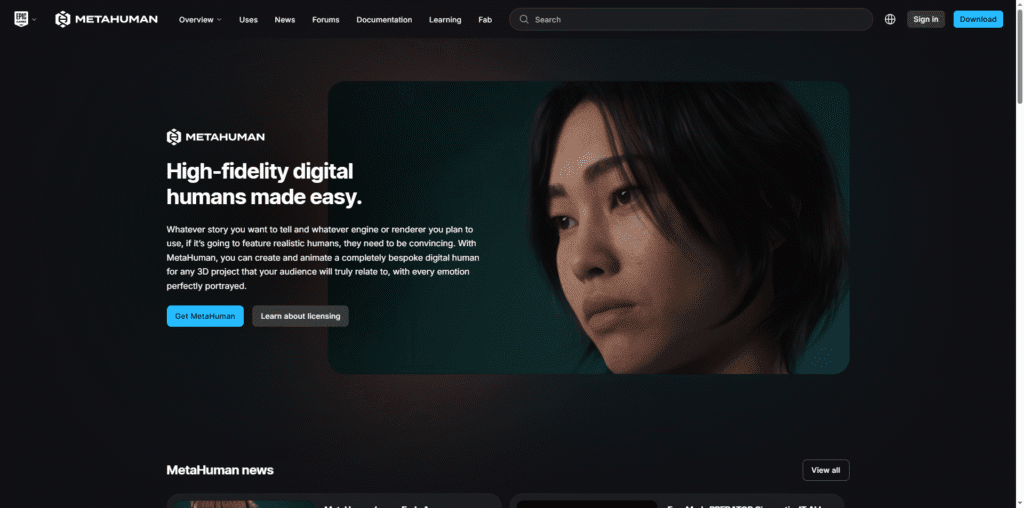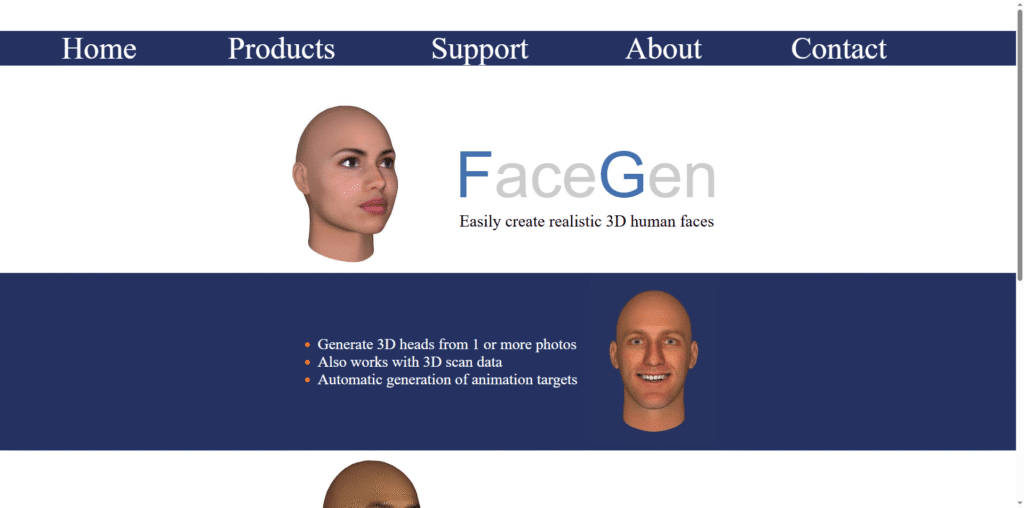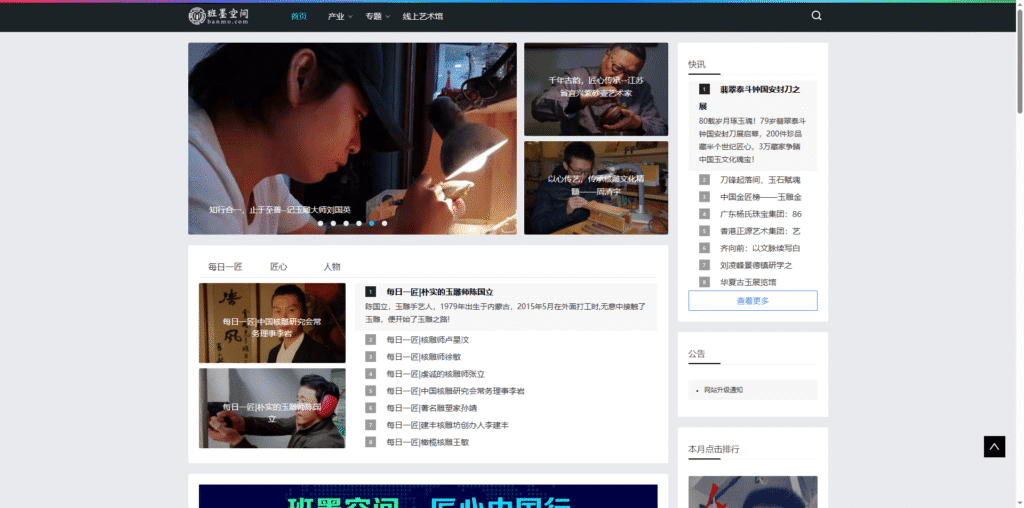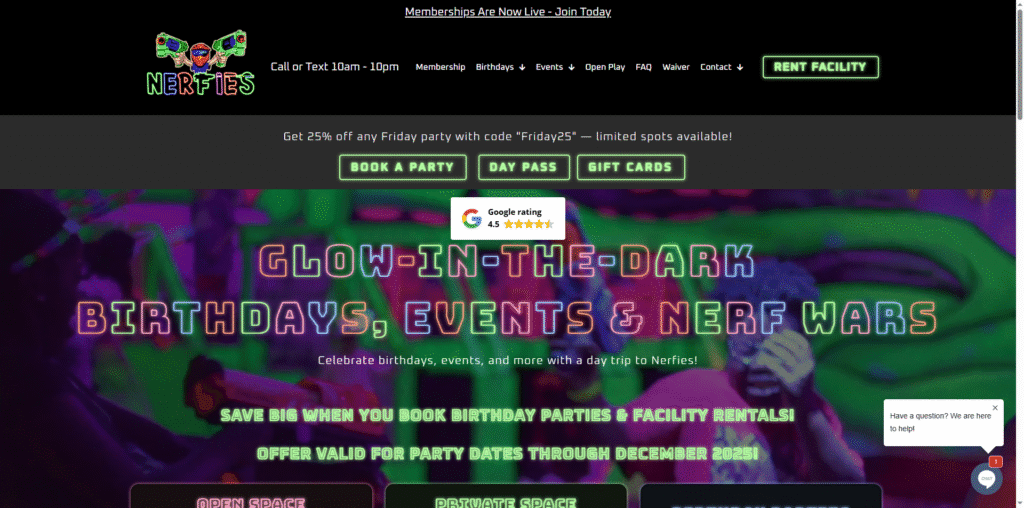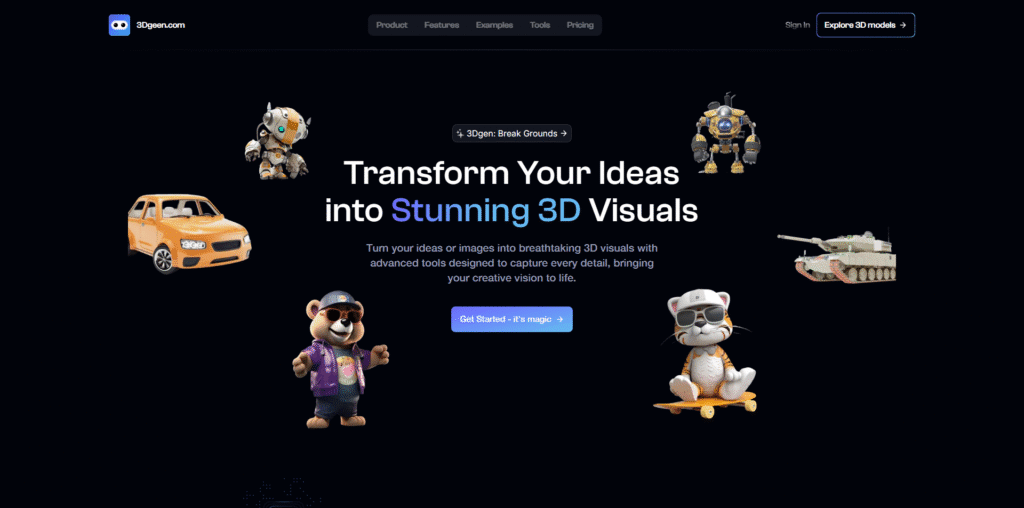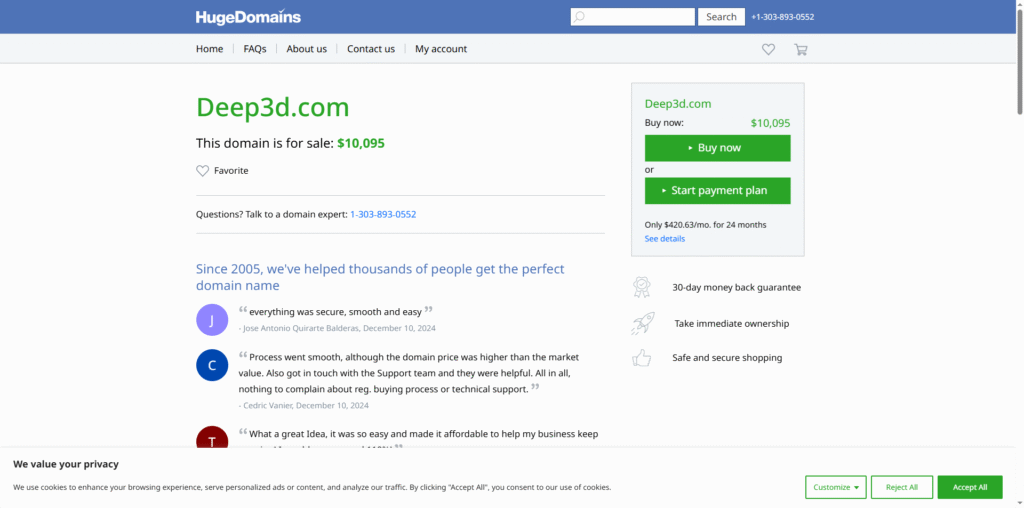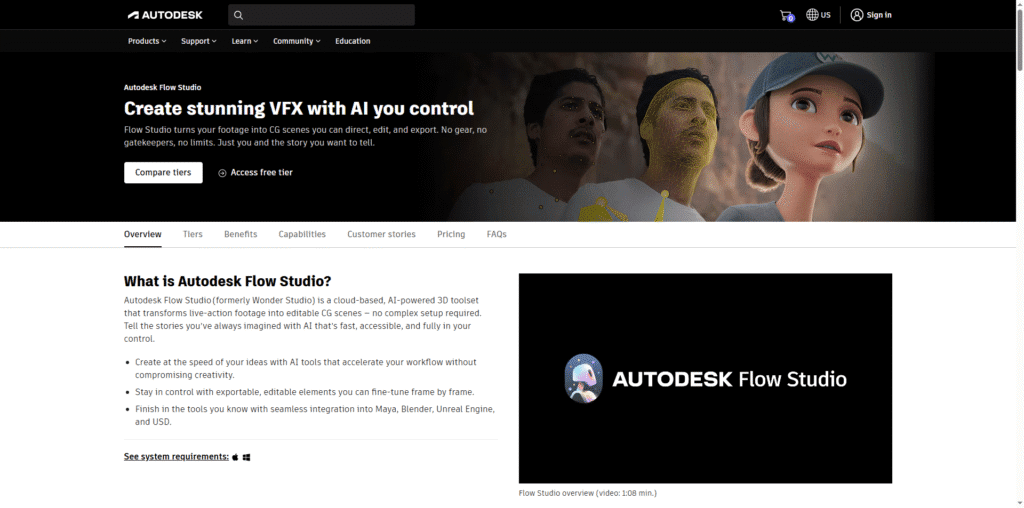RenderNet is a cutting-edge AI tool that revolutionizes the rendering process for professionals across various industries. By leveraging advanced algorithms, RenderNet streamlines workflows, enhances productivity, and delivers high-quality visual outputs in record time.
What RenderNet Does and Its Purpose
At its core, RenderNet is designed to optimize rendering tasks, whether for architectural visualization, animation, or product design. The tool utilizes AI to analyze and predict rendering needs, allowing users to achieve stunning results with minimal manual intervention. This not only saves time but also reduces the likelihood of errors, making it an essential asset for creators and designers alike.
Target Audience
RenderNet caters to a diverse audience, including:
- Students: Those studying design or animation can benefit from RenderNet’s intuitive interface and powerful capabilities.
- Professionals: Architects, animators, and product designers can enhance their workflow and output quality.
- Businesses: Companies looking to improve their rendering processes and reduce costs will find RenderNet invaluable.
Who Can Benefit Most from RenderNet
Various user types can gain significant value from RenderNet:
- Freelancers: Freelancers can increase their project turnaround time, allowing them to take on more clients.
- Agencies: Marketing and design agencies can streamline their workflows, ensuring faster delivery of high-quality visuals.
- Large Enterprises: Businesses with extensive rendering needs can leverage RenderNet to cut costs and improve efficiency.
Why Users Should Use RenderNet
RenderNet offers several key benefits that make it a must-have tool:
- Productivity: The AI-driven automation significantly reduces rendering times, allowing users to focus on creative aspects.
- Accuracy: With advanced algorithms, RenderNet minimizes errors, ensuring high-quality outputs every time.
- Cost-Effectiveness: By optimizing rendering processes, users can save on resources and operational costs.
RenderNet Pricing and Plans
RenderNet offers flexible pricing plans to accommodate different user needs:
- Basic Plan: $29/month – Ideal for students and freelancers.
- Pro Plan: $79/month – Best for professionals and small teams.
- Enterprise Plan: Custom pricing – Tailored solutions for large organizations.
Strengths That Make RenderNet Stand Out
- AI-driven rendering optimization for faster results.
- User-friendly interface suitable for all skill levels.
- Integration with popular design software like AutoCAD and Blender.
Pros and Cons of RenderNet
- ✅ Easy to use, great integrations
- ✅ Fast rendering times
- ❌ Limited offline support
- ❌ Requires a stable internet connection for optimal performance
Alternatives to RenderNet
If you’re considering other options, here are a few alternatives:
- V-Ray – A popular rendering engine known for its photorealistic output.
- KeyShot – A real-time rendering tool that simplifies the rendering process.
- Blender – An open-source 3D creation suite that includes powerful rendering capabilities.
Conclusion
RenderNet is an exceptional tool for anyone involved in rendering tasks, from students to large enterprises. Its AI-driven features enhance productivity and accuracy while being cost-effective. By adopting RenderNet, users can significantly improve their workflows and output quality, making it a worthy investment for the future.






